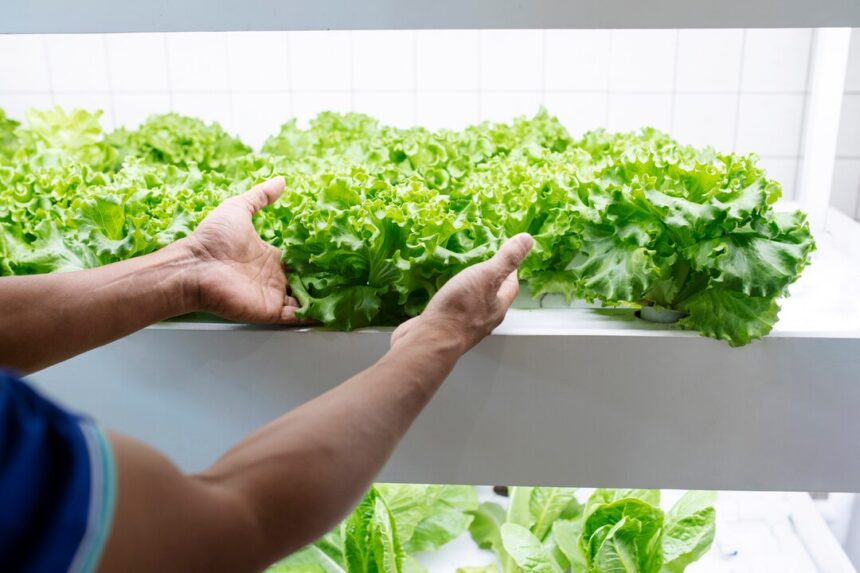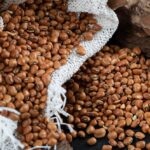Vertical farming is revolutionizing agriculture by offering a sustainable way to grow crops in controlled environments, making it especially beneficial in South Africa where water and arable land are often limited. However, like any farming method, vertical farming comes with challenges. To maximize efficiency and yield, South African farmers should avoid these ten common mistakes.
1. Poor Planning and Site Selection
One of the biggest mistakes farmers make is failing to plan properly before starting. Vertical farming requires precise calculations regarding space, light, water, and energy needs. Selecting a site without considering access to electricity, water sources, or transportation can lead to unnecessary costs and logistical challenges.
2. Ignoring Crop Compatibility
Not all crops are suitable for vertical farming. Farmers may mistakenly try to grow large root vegetables or crops that require extensive pollination without the right techniques in place. Focus on high-value, quick-growing crops like leafy greens, herbs, strawberries, or microgreens that thrive in controlled environments.
3. Overlooking Proper Lighting Systems
Lighting is critical in vertical farming, as it replaces sunlight. Using the wrong type of lights or failing to position them correctly can lead to uneven growth and poor yields. LED grow lights are energy-efficient and provide the full spectrum of light plants need. Farmers should also monitor light intensity and duration to avoid stunted growth or wasted energy.
4. Neglecting Climate Control
Vertical farms rely on precise climate control systems for temperature, humidity, and airflow. Failure to maintain optimal conditions can lead to plant diseases, mold, or insufficient growth. Regularly calibrate and maintain climate control systems to ensure plants remain healthy and productive.
5. Mismanaging Water Resources
Although vertical farming uses significantly less water than traditional farming, improper water management can lead to wastage or nutrient imbalances. South African farmers should prioritize systems like hydroponics or aquaponics to conserve water and recycle it effectively. Ensure proper filtration to avoid clogging irrigation systems.
6. Failing to Optimize Nutrient Delivery
Plants in vertical farms depend on nutrient solutions for growth. An imbalance in nutrient levels can harm crops, leading to discoloration, slow growth, or even crop failure. Regularly test and adjust the nutrient solution to match the specific needs of the crops being grown.
7. Overcomplicating Technology Integration
Many farmers invest in high-tech systems without fully understanding how to use them. While automation and sensors can improve efficiency, over-reliance on technology without proper training can cause issues. Farmers should focus on user-friendly systems and seek training to ensure they can manage the technology effectively.
8. Ignoring Pest and Disease Management
A common misconception is that vertical farming eliminates the risk of pests and diseases. While the risk is reduced, it’s not entirely eliminated. Pests like aphids and diseases such as powdery mildew can still thrive. Implement integrated pest management (IPM) strategies and regularly monitor crops for signs of infestation or infection.
9. Underestimating Energy Costs
Vertical farming can be energy-intensive due to the reliance on artificial lighting, climate control, and automation. South African farmers should invest in energy-efficient systems and explore renewable energy sources like solar power to reduce operational costs and ensure sustainability.
10. Lack of Market Research
Finally, many farmers enter vertical farming without understanding their target market. Growing crops that are not in demand or priced competitively can lead to financial losses. Conduct thorough market research to identify crops with high demand in local and export markets, such as baby spinach, kale, or exotic herbs.
Vertical farming presents South African farmers with an opportunity to produce fresh, sustainable crops while conserving water and land. By avoiding these common mistakes and focusing on proper planning, resource management, and market alignment, farmers can ensure their vertical farming ventures are both productive and profitable. Embracing this innovative method can help South Africa address food security challenges while promoting sustainable agricultural practices.







